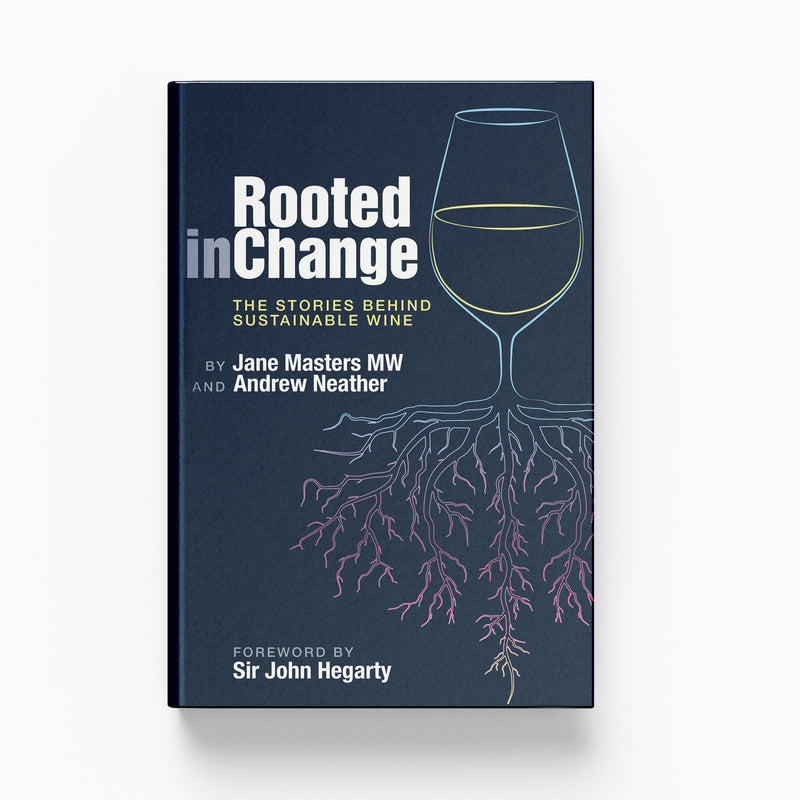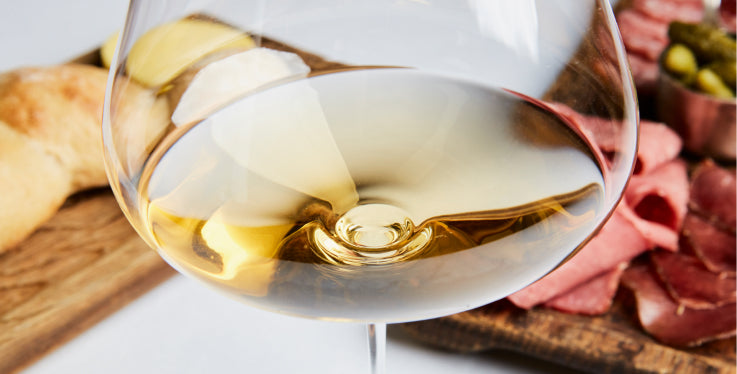Sunscreen cloth is one alternative: Facundo Bonamaizon, viticulturalist at Chakana in Luján de Cuyo, Argentina, reckons the cloths can cut the amount of UV light reaching the grapes by 15 per cent. And as part of his biodynamic approach, Laurens Hartman at Karanika, in Amyndeon, northern Greece, uses Zeolite spray (an aluminosilicate) to reflect sunlight, as well as kaolin as sunblock and tea extracts such as valerian to combat heat stress.
Hedges and trees around vineyards also create shade and help moderate temperatures. For instance, Languedoc producer Château d’Anglès has a tree-planting programme: their goal is to plant 950 trees over three years, so that ultimately each vine is no more than 50 metres from a tree.
In Chile and Argentina, larger producers have the option of planting further south in cooler, wetter latitudes. In Chile, Familia Torres now produces wine in the Osorno valley, 400km to the south of the Bío-Bío valley. Both Montes and Santa Rita have planted vineyards further south still, on the island of Chiloé, which sits on the 42nd parallel south, a similar latitude to Marlborough, New Zealand. And in Argentina, the Avinea group has launched Bodega Otronia in Patagonia, at a latitude of 45 degrees south. The world’s southernmost winery, the temperature here can drop to -20℃ in winter.
But while such places can make interesting wines, such moves aren’t the answer for these countries’ main wine-producing regions. Noelia Orts, winemaker at Viña Emiliana’s biodynamic Los Robles estate, says, ‘I don’t think the solution is just to move to the South. We need solutions in other places.’ And the option evidently isn’t open to producers in most of the world’s wine regions anyway – though planting higher is one alternative, for example being examined by some winemakers in Penedès in northeast Spain. Temperature drops on average approximately -0.60C for every 100-metre increase in altitude.
But ultimately, growers are going to have to change the plants themselves. Research is under way on rootstocks more resistant to heat and water stress, for instance at Bosman Wines, in Stellenbosch, which operates one of South Africa’s biggest nurseries. Owner Petrus Bosman also has test plantings of heat-resistant varieties such as Tempranillo.
More dramatically, in 2020, the French authorities approved seven new heat tolerant grapes for Bordeaux, including Touriga Nacional and Albariño. However, the rules are so restrictive as to make the grapes’ use unworkable: they are permitted for no more than five per cent of the total surface area, and a maximum of 10 per cent in a blend, and can’t be mentioned on the label.
Such innovations do raise the question of at what point a region’s wines become so atypical of it that European appellation systems are rendered basically meaningless. Would a Médoc Tempranillo still really be a Médoc? Yet the character of wines is already changing fast – witness Côte d’Or reds at 15 per cent alcohol. Climate change is transforming vineyards now: perhaps our expectations will have to change too.







